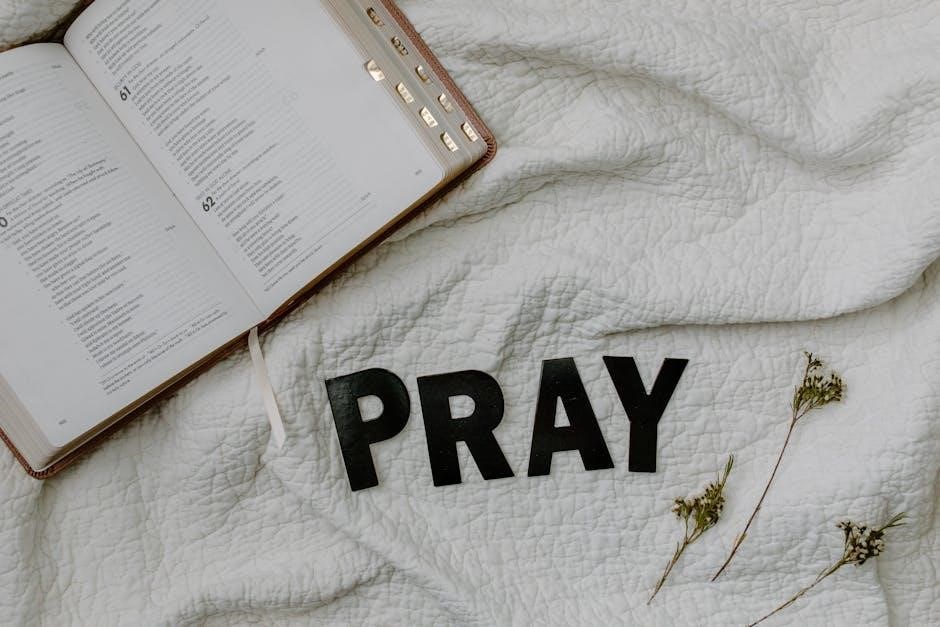Learning Kawandi quilt tutorials is exciting with online resources and classes available for beginners and experienced quilters to explore this traditional craft from Western India and Pakistan perfectly always.
Definition of Kawandi
Kawandi is a term that refers to a type of quilt, with its origins rooted in the traditional crafts of Western India and Pakistan, brought by immigrants from Africa.
The word Kawandi itself means quilt, and it encompasses a wide range of techniques, styles, and materials, often characterized by the use of old clothing and fabric scraps.
Kawandi quilts are made by communities of African diaspora in India, and their unique aesthetic and cultural significance have gained attention worldwide.
The definition of Kawandi quilting extends beyond the physical act of quilting, as it represents a connection to heritage, community, and tradition.
Understanding the history and cultural context of Kawandi quilting is essential to appreciating its beauty and significance.
Kawandi quilts are a testament to the creativity and resourcefulness of the artisans who create them, using available materials to craft beautiful and functional pieces of art.
The art of Kawandi quilting continues to evolve, with modern quilters incorporating new techniques and materials into their work, while still honoring the traditional roots of this unique craft.
Learning About Kawandi Quilts
Learning about Kawandi quilts can be a fascinating experience, with a wealth of information available online and in classes.
The process of discovering Kawandi quilts often begins with social media platforms, where quilters share their work and showcase the unique characteristics of Kawandi quilting.
Online tutorials and videos provide a valuable resource for learning about Kawandi quilts, offering insights into the techniques and materials used by traditional quilters.
Many quilters are drawn to Kawandi quilts after seeing examples of this traditional craft on Instagram and other social media platforms.
As interest in Kawandi quilts grows, more resources are becoming available, including classes and workshops taught by experienced quilters.
These classes offer a hands-on introduction to Kawandi quilting, allowing students to learn the techniques and traditions behind this unique craft.
By learning about Kawandi quilts, quilters can gain a deeper appreciation for the history and cultural significance of this traditional craft.
Kawandi quilts are a testament to the power of traditional crafts to inspire and educate modern quilters.

History of Kawandi Quilting
Kawandi quilting originated from African diaspora communities in Western India and Pakistan traditionally always.
Origin of Kawandi Quilting
Kawandi quilting has a rich and diverse history, with its origins tracing back to the African diaspora communities in Western India and Pakistan. The Siddi people, an African diasporic community, are credited with introducing this traditional craft to the region. Kawandi quilting is a unique blend of African, Indian, and Pakistani influences, reflecting the cultural exchange and diversity of the region. The quilts are made using a combination of traditional techniques, including hand-stitching and embellishments, and are often created using repurposed and upcycled materials. The origin of Kawandi quilting is a testament to the resourcefulness and creativity of the Siddi people, who have preserved their cultural heritage through this traditional craft. Kawandi quilting has evolved over time, with modern quilters incorporating new techniques and materials into their work, while still maintaining the traditional essence of the craft.
Communities Involved in Kawandi Quilting

The communities involved in Kawandi! quilting are primarily the Siddi people, an African diasporic community residing in Western India and Pakistan. These communities have preserved their cultural heritage through this traditional craft, passing down techniques and patterns from generation to generation. The Siddi women are particularly skilled in Kawandi quilting, using their expertise to create beautiful and intricate quilts. Other communities, such as the East Indian women, have also adopted Kawandi quilting, incorporating their own unique styles and techniques into the craft. The involvement of these communities has helped to promote and preserve Kawandi quilting, ensuring its continuation as a vibrant and diverse traditional craft. Through their contributions, Kawandi quilting has become a symbol of cultural exchange and diversity, reflecting the rich heritage of the communities involved. The craft continues to thrive, with new generations of quilters emerging to carry on the tradition.

Kawandi quilt tutorials offer comprehensive guides and resources for learning this traditional craft perfectly online always with detailed instructions and videos.
Availability of Tutorials
Kawandi quilt tutorials are available on various online platforms, including YouTube and crafting websites, offering a range of learning resources for quilters. These tutorials provide step-by-step instructions and videos, making it easier for beginners to learn this traditional craft. Many experienced quilters and artisans share their knowledge and skills through these online tutorials, allowing learners to access a wealth of information and guidance. Additionally, some websites and blogs offer comprehensive guides and patterns for Kawandi quilts, which can be downloaded or accessed online. The availability of these tutorials has made it possible for people from all over the world to learn and appreciate this unique and traditional craft. With the help of these online resources, quilters can now learn and create their own Kawandi quilts, preserving the traditional techniques and methods of this ancient craft. Online tutorials are easily accessible and convenient.
Types of Tutorials
There are various types of Kawandi quilt tutorials available, catering to different learning styles and skill levels. Some tutorials focus on the basics of Kawandi quilting, covering topics such as hand-stitching and piecing, while others delve into more advanced techniques, like embellishments and intricate designs. Video tutorials are popular, as they allow learners to see the stitching and quilting process in detail; Written tutorials and patterns are also available, providing a step-by-step guide to creating a Kawandi quilt. Additionally, some tutorials specialize in specific aspects of Kawandi quilting, such as working with upcycled materials or creating traditional Siddi-inspired designs. These diverse types of tutorials enable quilters to choose the approach that suits them best and learn at their own pace. Online platforms offer a range of tutorial formats, making it easy for quilters to find the type of instruction that works best for them.

Techniques Used in Kawandi Quilting
Kawandi quilting involves traditional hand-stitching and embroidery techniques from Western India perfectly always with love and care every time using old clothing and fabrics creatively.
Traditional Techniques
Kawandi quilting traditional techniques involve hand-stitching and embroidery, passed down through generations of Siddi women in India. These techniques are characterized by the use of simple running stitches, whipstitches, and other traditional embroidery stitches. The quilts are often made from old clothing and fabrics, which are pieced together to create a unique and vibrant design. The traditional techniques used in Kawandi quilting are not only beautiful but also tell a story of the community’s history and culture. The quilts are made with love and care, and each one is a reflection of the maker’s skill and creativity. The traditional techniques of Kawandi quilting have been preserved and passed down through the years, and are still used today to create these stunning quilts. The use of traditional techniques in Kawandi quilting is a testament to the community’s rich cultural heritage.
Hand-Stitching and Embellishments
Hand-stitching and embellishments are essential components of Kawandi quilting, adding texture and visual interest to the quilts. The Siddi women use a variety of stitches, including the running stitch, whipstitch, and herringbone stitch, to create intricate designs and patterns. Embellishments such as beads, sequins, and embroidery floss are also used to add color and texture to the quilts. The hand-stitching and embellishments are often used to create decorative borders, motifs, and patterns, which are unique to Kawandi quilting. The use of hand-stitching and embellishments requires great skill and patience, and is a testament to the craftsmanship of the Siddi women. The quilts are truly works of art, with each stitch and embellishment carefully placed to create a beautiful and unique design. The hand-stitching and embellishments are what set Kawandi quilts apart from other types of quilts, making them truly special and unique.
Kawandi quilt tutorials offer a unique opportunity to learn traditional craft perfectly always with online resources and classes available for beginners and experienced quilters to explore and create.
Encouragement to Try Kawandi Quilting
With the availability of online resources and classes, trying Kawandi quilting has become more accessible than ever. Many quilters have shared their experiences and encouraged others to give it a try, citing the unique opportunity to learn a traditional craft from Western India and Pakistan. The process of creating a Kawandi quilt can be very rewarding, allowing quilters to express their creativity and connect with a rich cultural heritage. As one quilter noted, the technique is fascinating and the results are well worth the effort. By exploring Kawandi quilt tutorials and giving this traditional craft a try, quilters can discover a new passion and create beautiful, unique pieces that reflect their own personal style and creativity, making it a great way to explore new skills and techniques. This encouragement has inspired many to take the first step and start their Kawandi quilting journey.
